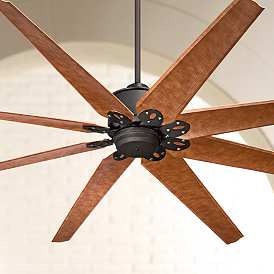 In older homes, it is quite common to see ceiling fans. In some ways, this is a remnant of an era before widespread air conditioning made a lot of people turn away from ceiling fans. A lot of people consider ceiling fans to be useless, especially if they have air conditioning installed in their home.
“Why do I need a ceiling fan if an air conditioner can do a better job of making my house cool?”
This is a question that a lot of people ask when it comes to ceiling fans. However, we firmly believe that there are still some advantages to ceiling fans, even in the age of widespread air conditioner use. In this post, we are going to examine the pros and cons of ceiling fans; we will also explain why we think it is still worth it to get a ceiling fan installed.
In older homes, it is quite common to see ceiling fans. In some ways, this is a remnant of an era before widespread air conditioning made a lot of people turn away from ceiling fans. A lot of people consider ceiling fans to be useless, especially if they have air conditioning installed in their home.
“Why do I need a ceiling fan if an air conditioner can do a better job of making my house cool?”
This is a question that a lot of people ask when it comes to ceiling fans. However, we firmly believe that there are still some advantages to ceiling fans, even in the age of widespread air conditioner use. In this post, we are going to examine the pros and cons of ceiling fans; we will also explain why we think it is still worth it to get a ceiling fan installed.
Pros
They can save you money on your monthly bill
We all want to save money on our monthly bills. Unfortunately, it is very difficult to shave off a meaningful amount; especially if you run an air conditioner 24/7. One of the nice things about having a ceiling fan installed is that it can actually noticeably save you money on your monthly energy bill. There are a couple of reasons for this. First off, ceiling fans allow you to use your air conditioner far less. On some of the milder summer days, you will not need to use your air conditioner at all if you have a ceiling fan installed. Ceiling fans, especially modern ones, are extremely energy efficient. They provide effective cooling, all while using about the same amount of power as a high-wattage light bulb. This will result in significant savings on your monthly energy bill.They can help keep a room cool
Ceiling fans are a great way of keeping a room at a consistently cool temperature. People underestimate the ability of ceiling fans to keep a room cool. They assume that air conditioners are the only way to keep a room cool and that air conditioners are the only way of getting through those scorching summer months. While it is true that ceiling fans are not as effective as air conditioners, they are still quite capable of keeping a room nice and cool, even during the hottest summer months. Ceiling fans are also very consistent when it comes to temperature. If you leave a ceiling fan running, it will keep the room at a consistently cool temperature.They can help make air conditioners even more effective
Air conditioners can occasionally struggle to properly cool a room. This is true for even higher end air conditioners. Well, a ceiling fan can help make that air conditioner even more effective. See, the ceiling fan will help spread the cool air that the air conditioner produces around a room. So, if there is a large room of your house and you notice that your air conditioner struggles to properly cool the entire room, then you may want to invest in a ceiling fan. A ceiling fan may seem like an expensive investment, but when you see how much more effective it makes your air conditioner, you will not regret it.They are easy to clean
If you have ever tried to clean an air conditioning, then you know how difficult and time consuming it can be. You need to unscrew a bunch of panels and get really deep inside the air conditioning to clean out all the dirt and debris that gets inside the air conditioners. On the other hand, ceiling fans are extremely easy to clean. Just grab a duster and a chair and wipe the dust off the blades every once in a while.They can also heat a room
Finally, one last big advantage of ceiling fans is that they can both heat and cool a room. During the winter months, the weather can get a bit cold, and you may want to heat some rooms in your home. Now, you could invest in an air conditioner to do that, but those are extremely expensive. Pretty every ceiling fan is capable of heating a room. See, hot air rises, so the upper part of a room is always the warmest. Ceiling fans usually work by sending air downwards, which creates a breeze, which then helps cool people in the room. However, almost every ceiling fan can be reversed, so that instead of sending air downwards, they pull air up. The air that gets pulled up displaces the hot air, which is then pushed down into the room, which heats up the room.Cons
They can be noisy
One of the big drawbacks to having a ceiling fan is that it can be very noisy, though air conditioners can also be noisy. Air conditioners are usually kept outside, where they cannot be heard by most people inside the home. Ceiling fans are very noisy and some people may not be able to tolerate the sound. Because of the noise, you also cannot put ceiling fans into bedrooms, unless the people sleeping there really do not mind the sound.They replace light fixtures
Most ceiling fans are designed to replace the light fixtures that are already in a room. Now, this would not be a huge issue except for the fact that the light provided by ceiling fans tends to not be that great. If you like having a really well-lit room, then a ceiling fan may not be for you.Why they are still worth getting
So, as you can see from this post, there are still a lot of advantages to ceiling fans. They are still worth getting because they can help cool rooms, they can be used to heat rooms, they can make air conditioners more efficient, and they are able to save you money. These are all great reasons to take the leap and get a ceiling fan installed today. If you are in the Sydney area, you can give us a call to get a fan installed. Realtors and Re/MAX top producers and best real estate agent for Luxury Homes in Scottsdale, The Szabo group delivers experience, knowledge, dedication and proven results. Contact Joe Szabo at 480.688.2020, [email protected] or visit www.scottsdalerealestateteam.com to find out more about Scottsdale Homes for Sale and Estates for Sale in Scottsdale and to search the Scottsdale MLS for Scottsdale Home Listings.
Realtors and Re/MAX top producers and best real estate agent for Luxury Homes in Scottsdale, The Szabo group delivers experience, knowledge, dedication and proven results. Contact Joe Szabo at 480.688.2020, [email protected] or visit www.scottsdalerealestateteam.com to find out more about Scottsdale Homes for Sale and Estates for Sale in Scottsdale and to search the Scottsdale MLS for Scottsdale Home Listings.






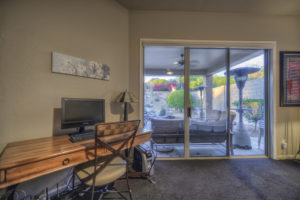
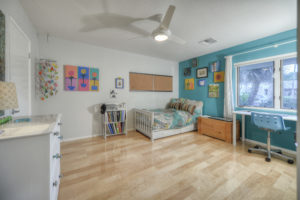
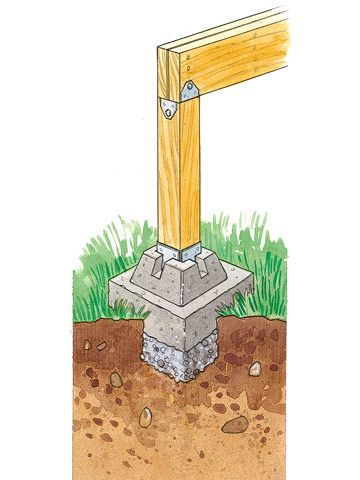
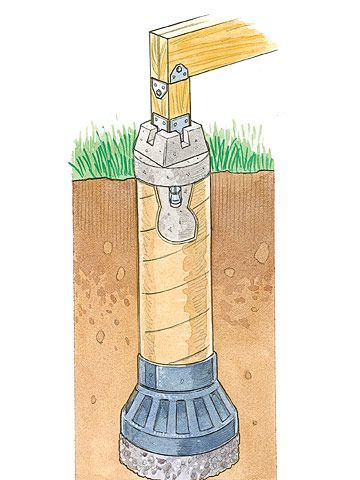
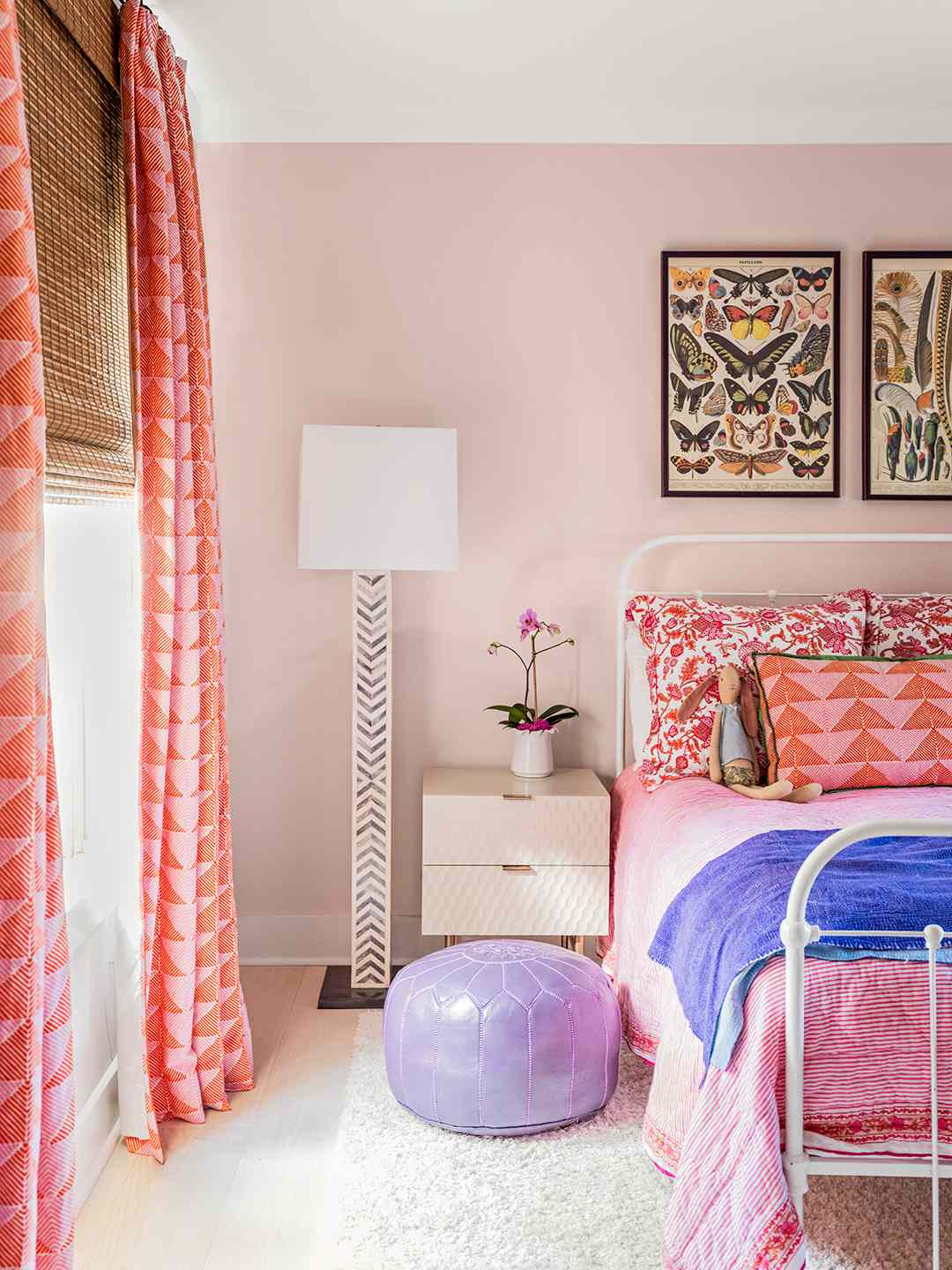

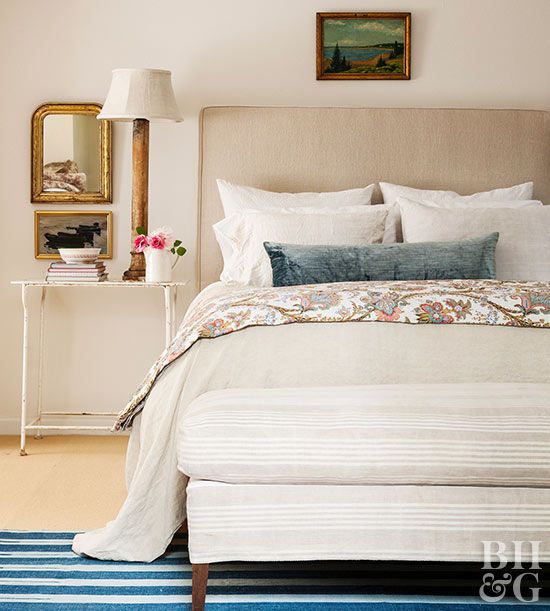
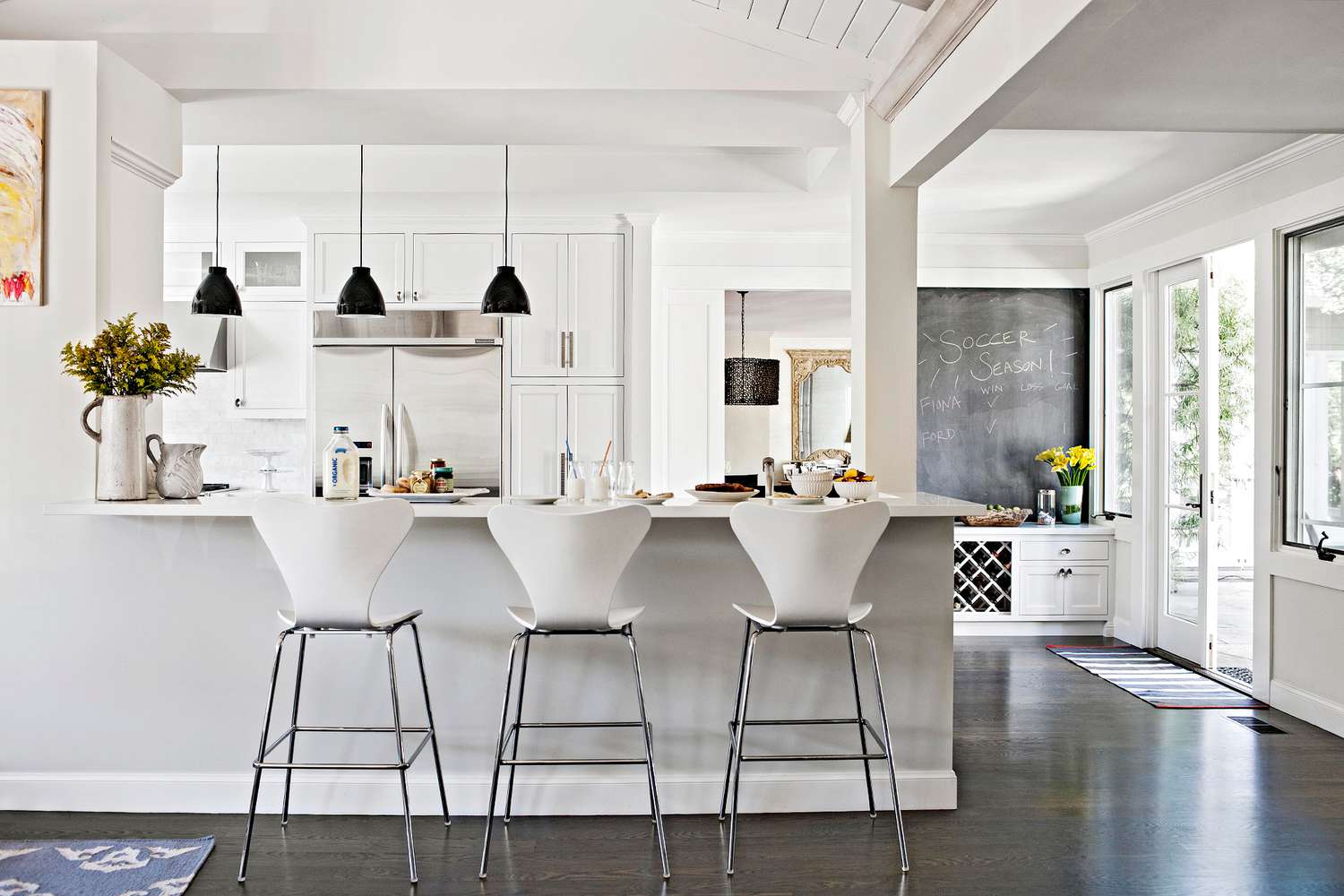

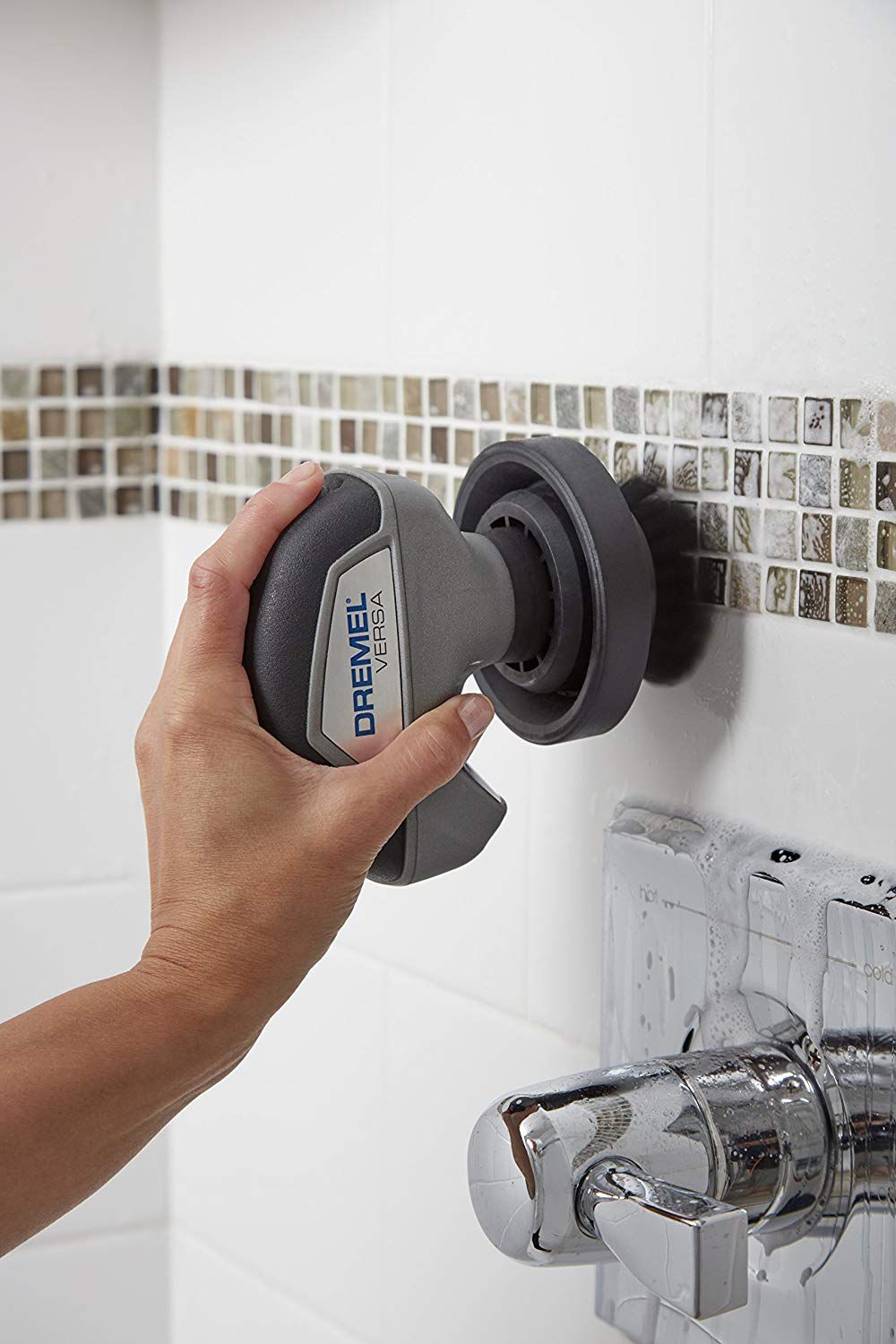

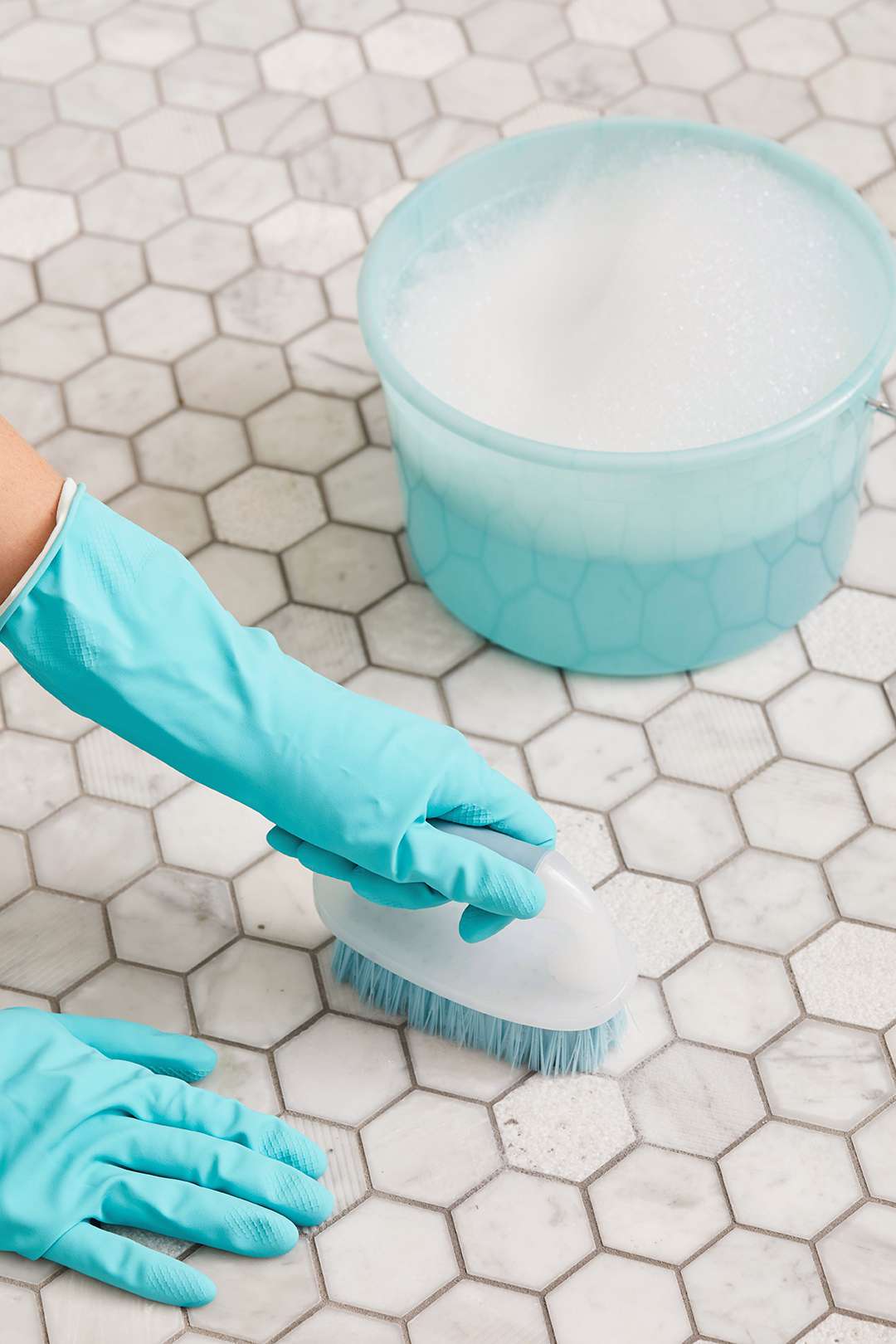


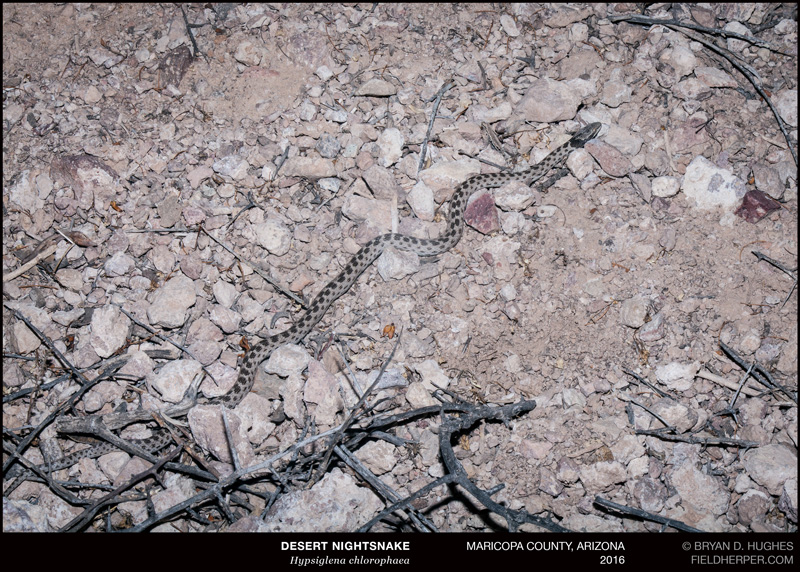
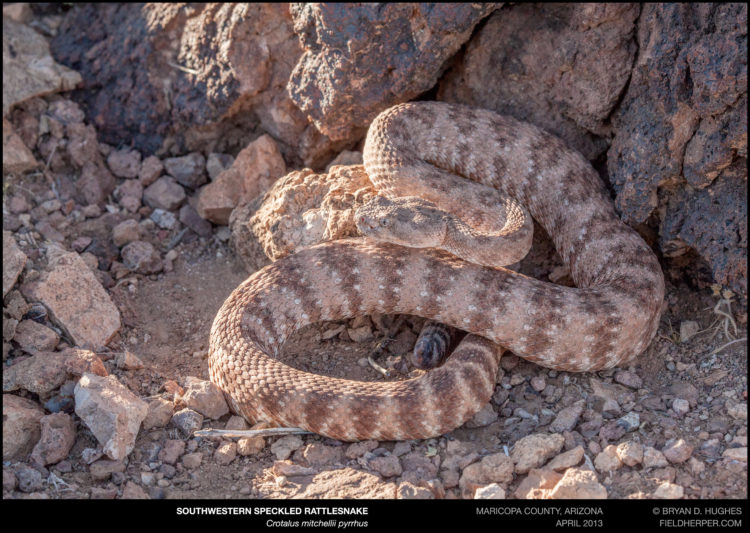
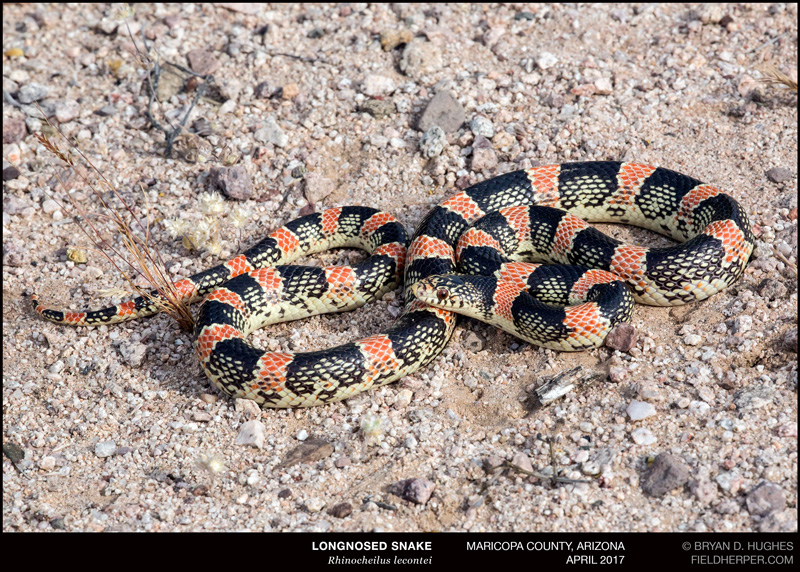

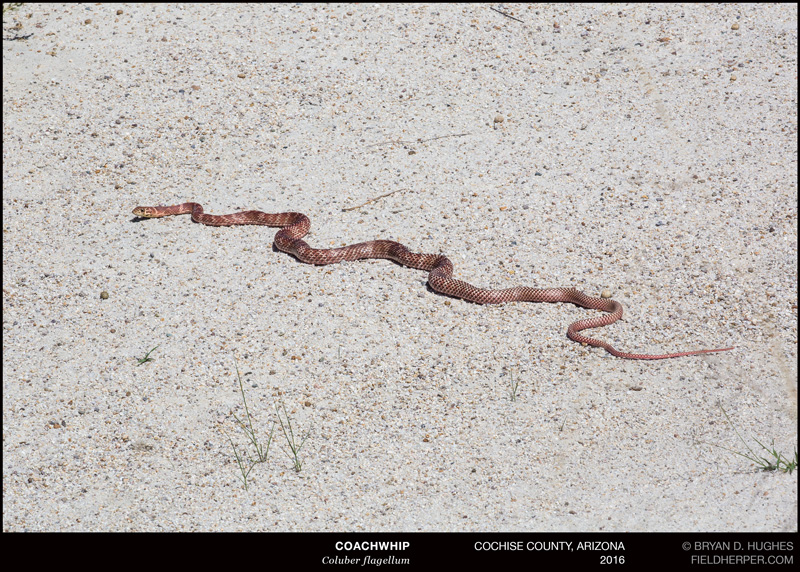 Please note that this Scottsdale Real Estate Blog is for informational purposes and not intended to take the place of a licensed Scottsdale Real Estate Agent. The Szabo Group offers first class real estate services to clients in the Scottsdale Greater Phoenix Metropolitan Area in the buying and selling of Luxury homes in Arizona. Award winning Realtors and Re/MAX top producers and best real estate agent for Luxury Homes in Scottsdale, The Szabo group delivers experience, knowledge, dedication and proven results. Contact Joe Szabo at
Please note that this Scottsdale Real Estate Blog is for informational purposes and not intended to take the place of a licensed Scottsdale Real Estate Agent. The Szabo Group offers first class real estate services to clients in the Scottsdale Greater Phoenix Metropolitan Area in the buying and selling of Luxury homes in Arizona. Award winning Realtors and Re/MAX top producers and best real estate agent for Luxury Homes in Scottsdale, The Szabo group delivers experience, knowledge, dedication and proven results. Contact Joe Szabo at 


